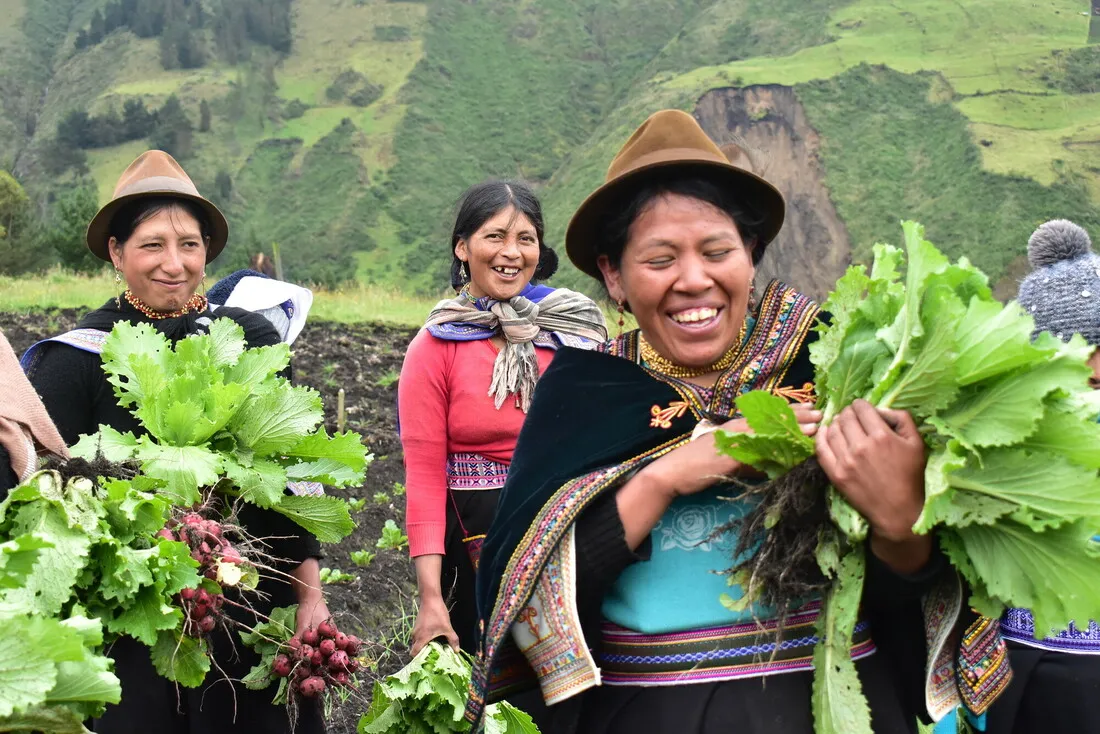Beyond the resource gap, women farmers are routinely paid less than men for their agricultural labor; carry a disproportionate share of household workloads; are often excluded from agricultural decision-making; and are under-represented in agricultural organizations. The net impact of these barriers is a systematic gap between women’s potential contributions to food security and household resilience and what they are able to achieve today. By failing to close the disparities women face in agriculture, the world is paying dearly.
Our programs build on and are inspired by the vital roles that women play in smallholder agriculture around the world: meeting the food needs of their households, contributing to the development and growth of livelihoods, and working toward sustainable futures for their households and communities.

